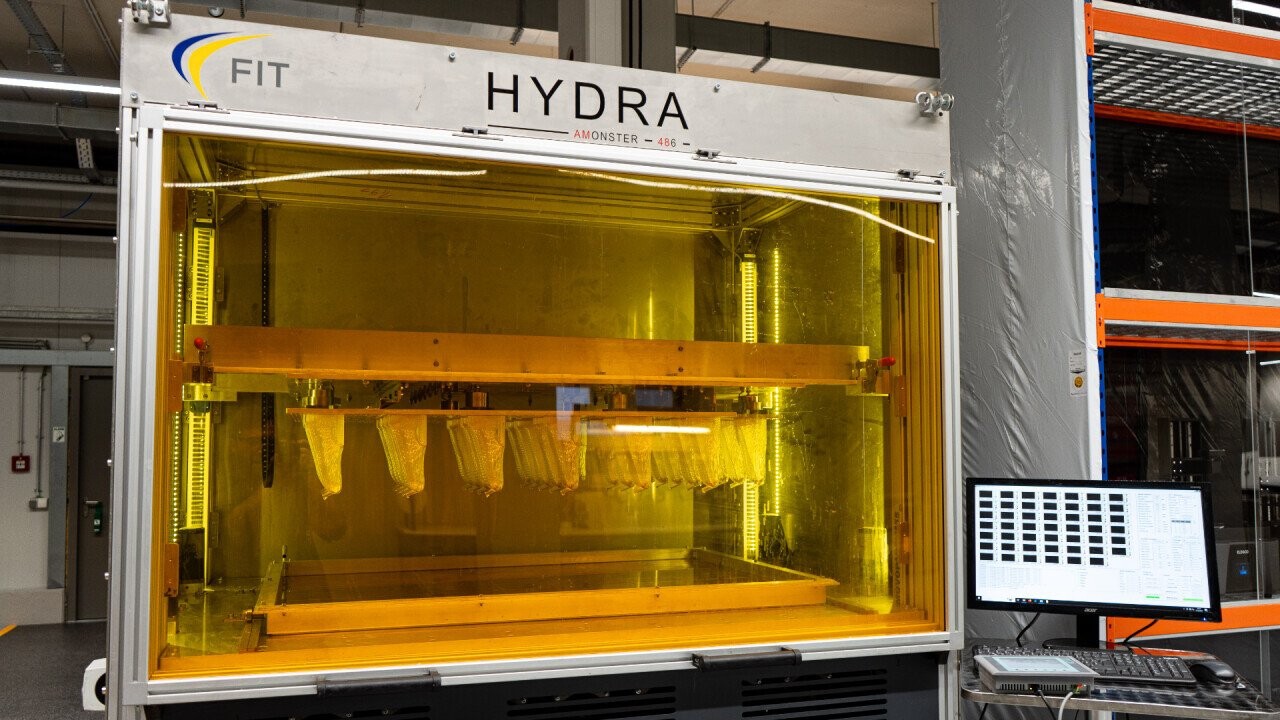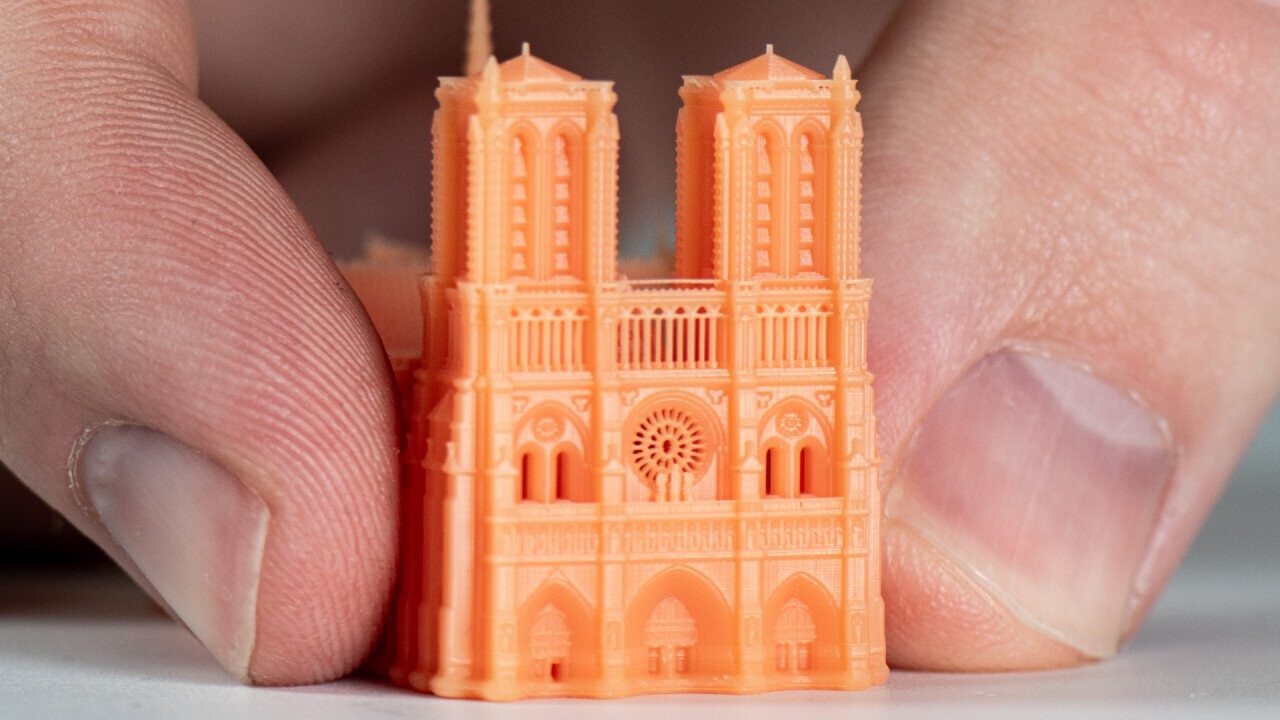MSLA (Masked Stereolithography Apparatus) is a young process from the family of resin-based 3D printing technologies, related to SLA, and is particularly suitable for smaller components with a high level of detail and very good surfaces. The central element of the MSLA process is an LCD display.
Within the plastics sector of additive manufacturing, MSLA (Masked Stereolithography Apparatus) is an additive manufacturing process for processing synthetic resins with very high detail resolution, which is related to SLA (Stereolithography) and DLP (Digital Light Processing) and has experienced an extraordinary increase in performance in recent years. This is due to the increasing number of high-performance materials with a growing range of functions, as well as an increasing number of high-performance MSLA printers at comparatively low costs. As a result, more and more components for demanding applications can be produced economically, making MSLA an economically attractive alternative to injection molding for small and medium-sized production runs in more and more cases. However, many users of additive manufacturing processes do not yet have MSLA on their radar. Yet, there are many good reasons to take a closer look at this technology.
The central element of the MSLA process is a monochrome LCD display that serves as a shading mask and thus enables partial exposure of the liquid material. The screen is located between the light source and the container filled with photosensitive resin.
It is only permeable to UV light in the areas defined for the respective component production. At the exposed, the resin reacts to the UV light and hardens through polymerization. The entire layer is exposed at the same time. As soon as a layer is completed, the build platform is raised by 50 μm and the process is repeated for the next layer until the object is fully built up. The resin that remains liquid can be cleaned and fed back into the production process.
Thanks to the latest 12K display technology, MSLA offers an impressive resolution, in which it has now overtaken other resin-based processes. This allowscomponents with complex geometries and the finest details as well as perfect surfaces can be produced. Another advantage of the MSLA process is its speed, as the entire resin pool is exposed simultaneously for each printing process and the component contours are not scanned sequentially by a laser beam, as is the case with traditional SLA processes. This also enables a homogeneous, consistent component quality to be achieved across the entire layer.
MSLA VS. SLA: ADVANTAGES AND DISADVANTAGES
The commonality between MSLA and stereolithography (SLA) is that both 3D printing technologies use a photosensitive liquid resin that is cured by UV light. In contrast to the shading LCD displays, SLA uses a UV laser that is shone point by point by a galvanometer-controlled mirror onto the areas of the resin to be cured. The parts of the resin to be cured. Both processes, MSLA and SLA, produce very good, smooth surfaces with a very high level of detail resolution. Thanks to technical advances in LCD hardware, a significant increase in the level of detail and precision can be achieved with MSLA, particularly with the 12K displays, making highly detailed prints possible. SLA builds up the model point by point in each layer, while MSLA exposes the entire layer at once. As a result, production time is shorter for comparable dimensions with MSLA. However, the cost of industrial SLA systems is many times higher than that of commercially available MSLA systems. Therefore, the inhibition threshold for their purchase is lower. However, the associated follow-up costs must also be taken into account, from building up expertise to maintenance and material handling. The maintenance effort for SLA relates in particular to fine-tuning and calibrating the moving parts, especially the galvanometers. Maintenance is easier with MSLA, although it is still service-intensive; after a certain number of printing hours, for example, the LCD displays have to be replaced. With both SLA and MSLA, material handling requires careful compliance with regulations, from storage to recycling and disposal.
The comparison with injection molding as the benchmark for the production of series parts made of plastic is also interesting. The comparability with MSLA lies primarily in the component quality, delivery time and pricing. Due to tool-free production, MSLA is an economically attractive option in many cases, depending on the geometry.



